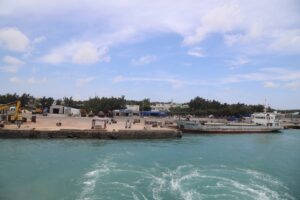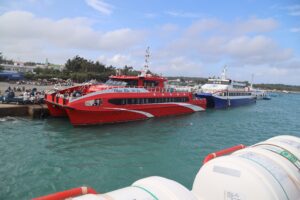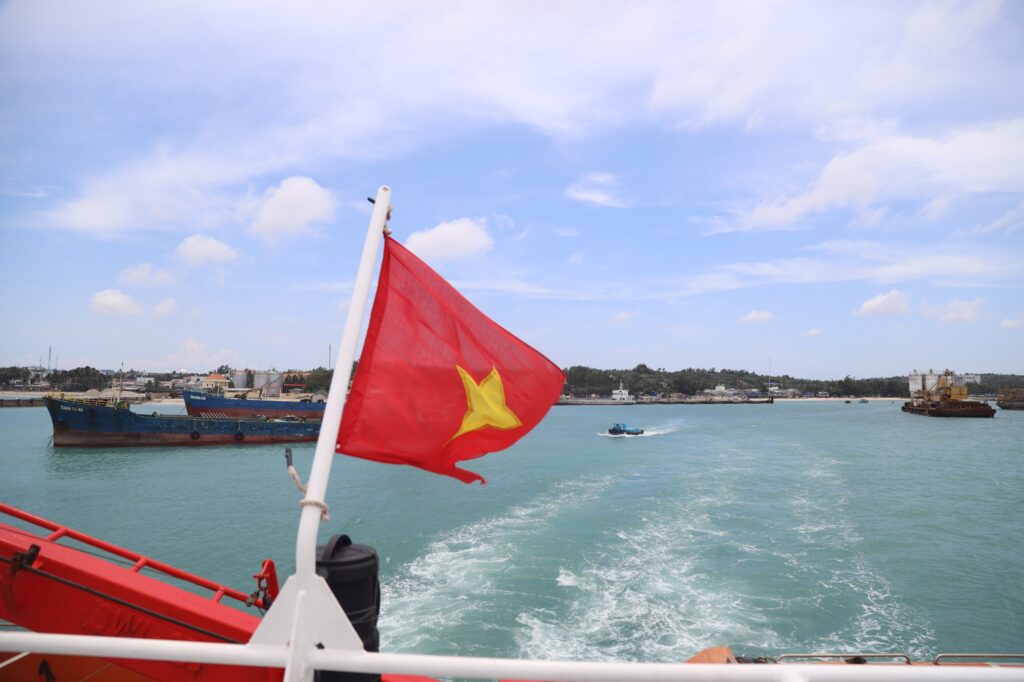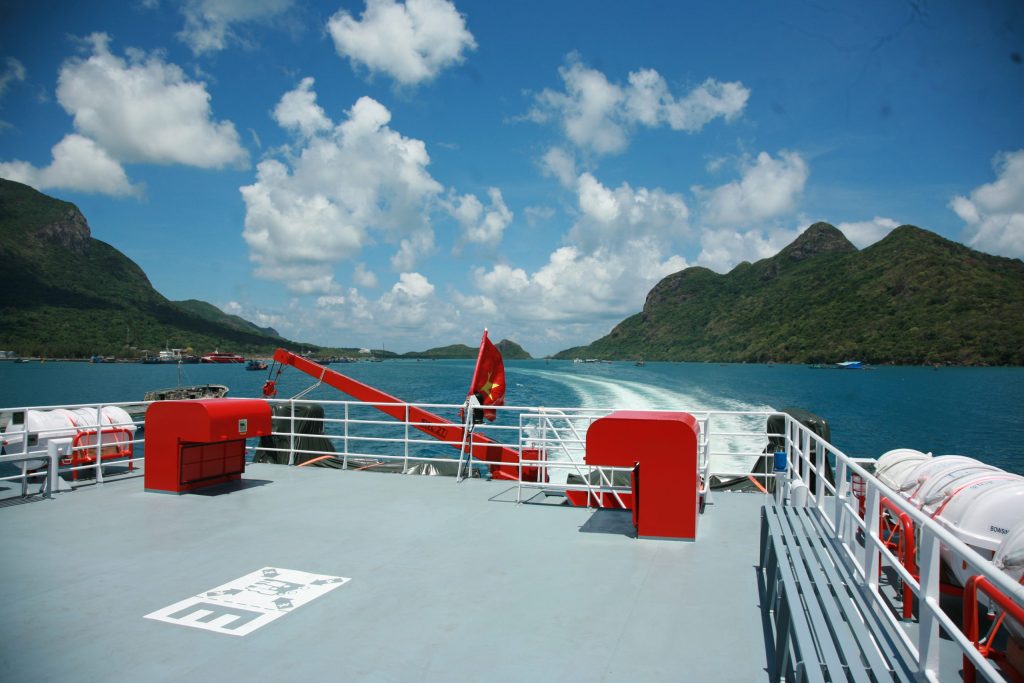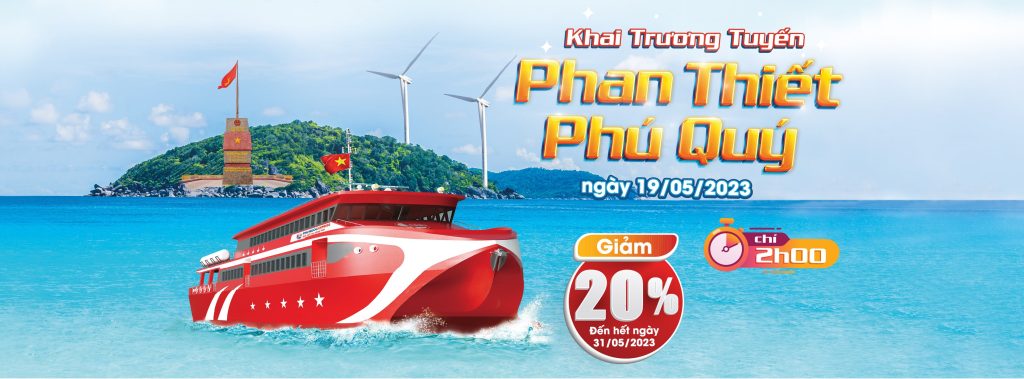Exploring the legend of Master Nại (also called Master Chúa) not only reveals the great merits of this deity but also opens a new horizon recalling the cultural connections and ethnic origins between the Hoa (Chinese) and Chăm peoples. It is no coincidence that the legend tells Master Nại (a Chinese geomancer) was born as a Chăm prince. Nor is it random that Master Nại called Princess Bàn Tranh (a Chăm woman) his elder sister, and that they manifested together, standing side by side to protect this small beloved island full of humanity. In the cultural consciousness of the Chăm people, they always look back to their roots, which is clearly seen in the legend of Master Nại:
“Before becoming a geomancer, Master Nại was king of the Chăm kingdom, but due to circumstances, he drifted to China and lived there.”
Thus, according to the legend, Lady Bàn Tranh and Master Sài Nại share the same origin and are both Chăm people. So, knowing Lady Bàn Tranh was older than him, it was very natural and reasonable for Master Nại to call her sister.
Legend One:
The old story tells that the Champa kingdom was in decline. The king died, leaving a six-year-old prince to rule. For three years, the kingdom suffered drought, crops failed, and people were in misery. The king believed the heavens punished him, so he ordered officials to place him in a bronze cage and set it adrift at sea. If the cage sank, he would be considered a commoner without royal fate; if it floated, it meant divine punishment. Miraculously, the cage floated and drifted offshore, with officials sadly watching it disappear into the distance.
At sea, a Chinese merchant’s boat discovered the cage and rescued the prince. The shipowner, seeing the handsome young man, adopted him. He received a full education and excelled in geomancy and astrology. After his foster father died, he took over the merchant ship trading in the East Sea. One day, his ship stopped by a small island and he noticed the Cao Cát mountain casting a shadow like a dragon’s jaw on a nearby sandbar at sunset. Using his geomantic skills, he mapped the site and instructed his relatives that after his death, his ashes should be buried at that sandbar.
Legend says that in King Cảnh Hưng’s reign (1740–1786), one night villagers of Xóm Vôi (east of Long Hải commune) woke to lights and shadows near the sandbar. In the morning, they found offerings and a pile of stones there. The local land official ordered an excavation, but when digging began, countless black ants swarmed out. Spooked, the villagers stopped digging. Later, a strange young man appeared, revealing himself as the Chinese geomancer who had passed away and borrowed others’ bodies to appear, asking villagers to build a shrine for worship and protection.
Legend Two:
This story tells of the god’s manifestation to help villagers repel an invasion by pirates from Tàu Ô. One afternoon at 3 pm, during a traditional opera in Vạn Phú Mỹ, a young man interrupted, saying:
“Why do you sit and sing while enemy ships anchor offshore?”
Villagers doubted him, so he invited them to inspect a nearby stone cave. They saw nothing, and some were annoyed and tried to chase him away. Then he asked to take soldiers to Bãi Lăng creek, where they found 21 enemy ships anchored at Lạch Tre – Bãi Lăng. The young man revealed himself as a deity warning the villages to prepare defenses.
The deity promised to ask his elder sister for help and would answer in three days. After three days, he said:
“We will fight at 7 pm tonight, but only against 20 ships; one will be spared to return with news.”
At sunset, with a strong north wind, villagers lit torches and straw “puppet boats” and set fire to the enemy ships. Cannons fired from ships but mysteriously misfired, and 20 ships burned fiercely while one escaped.
After victory, villagers asked the deity about his origins. He said:
“My surname is Sài, name Nại, originally from China. During the monsoon, I often traveled with merchant fleets. Once my ship docked here, where I met a woman living in a straw hut. She said she was royal but banished to this island by her father. I befriended her as a sister since she was older. Before parting, I left food for her. When I returned next year, I only found her bones; the crops grew untended. I buried her and returned home.”
Later, the deity helped bring a group from Triều Dương (China) to settle on the island, guiding them to farm and worship at his sister’s grave. He continued trading and observed the sandbar where he wished to be buried to become a protective spirit. The islanders have since worshipped Master Chúa as a deity who saved them from destruction.
Legend Three:
Near Mount Cấm (Phú Mỹ village, Ngũ Phụng commune), there was a giant ruối tree so big that many people couldn’t hug it. One day, a god appeared and instructed villagers to build a shrine for the deity at the tree’s location. When villagers tried to cut down the tree, it was so large and flexible that it wouldn’t fall. A handsome young man appeared and said:
“You can’t cut it like this; it won’t fall even after a year. Let me help.”
He embraced the tree, uprooted it with great strength, and threw it hundreds of meters away. The villagers were amazed and realized a god had helped them. They built a shrine there, calling it Dinh Thầy.
Stories of Master Chúa’s merit have spread far and deeply rooted in the islanders’ hearts. They believe Master Chúa always stands beside them, helping overcome hardships and threats to their lives:
“Master Nại, spiritually gifted,
Famed in the North when alive,
Buried in the South upon death,
Blessed by the land’s spirit,
Thus forever a revered deity.”
Legend Four:
Islanders today tell another story of Master Chúa’s miraculous protection witnessed firsthand. On the 26th day of the 10th lunar month, 1988, a violent storm (level 11–12) hit the island for a full day and night. The huge waves and violent winds made everyone anxious. Suddenly, a massive wave came from the South, high enough to engulf the island. Then three loud explosions sounded like gunfire, and a bright light appeared from the island. The giant wave parted and dispersed.
Witnessing this, the temple caretaker at Master Chúa’s tomb said he heard explosions at the shrine and saw the temple doors wide open, with an oil lamp burning steadily despite the strong wind. People said this was Master Chúa’s spirit saving the islanders.
The islanders’ reverence for this Chinese geomancer is undeniable. Their respect has grown over time, deeply embedded in their collective memory. With every reappearance in legend, Master Nại becomes more beloved and closer to the people. Humans, though the center of the universe, are small compared to it, so they seek a connection “open upward to the divine world” to feel greater. Every religious festival remembering Master Sài Nại’s protection brings the people spiritually closer to the divine, even if unseen and mysterious.




